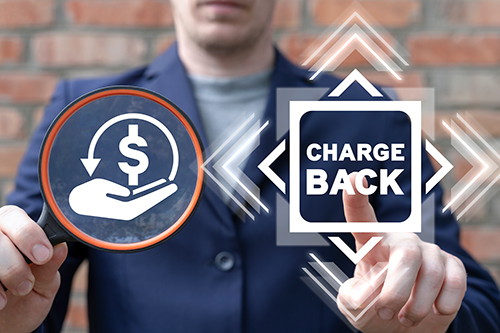
If business owners could pay to never have to deal with another chargeback issue, almost everyone would take that deal. Chargebacks aren’t just a headache to deal with; they also cost your business a lot of money. By definition, a chargeback is a charge that a customer disputes for one reason or another. For both monetary reasons and to protect your business’ reputation, we’ll give you a few tips on how to prevent chargebacks for your business that should help.
Be Honest and Detailed About Products and Services
There’s no point in hiding anything from your customers. If there’s a common issue with your products, someone will run into it and possibly issue a chargeback. That’s why it’s crucial that the descriptions of your products and services are as honest and detailed as they can be. The better you set your customers’ expectations, the less likely they will find something that will cause them to request a chargeback.
Avoid Typing in Credit Card Numbers
If you do in-person sales or sales over the phone, you might feel tempted to type out a customer’s information just to have it ready to go. While a number of businesses do this, you should try to avoid the possibility of human error whenever possible. Chip readers for credit cards are far more accurate than manual human input. Typing in credit card numbers or other personal information is a surefire way to make a mistake and charge the wrong person for the wrong thing.
Provide Detailed Transaction Descriptions
One of the best ways to prevent chargebacks for your business is to take a look at how your transactions appear on a customer’s credit card statement. Oftentimes, customers will look at their statements to make sure they recognize all their recent transactions. If a transaction from your business doesn’t clearly state what it is or what it was for, customers are more likely to request a chargeback because they will assume it is fraudulent—or some kind of a mistake.
Look for Issues in Your Checkout Process
Chargebacks can happen a lot if there is a part of your checkout process that seems confusing or unclear. Every so often, you should go through your own checkout process as if you were a customer yourself. As you go through, search for areas that seem unclear or annoyances that you can get rid of to make the checkout process easier on your customers.

